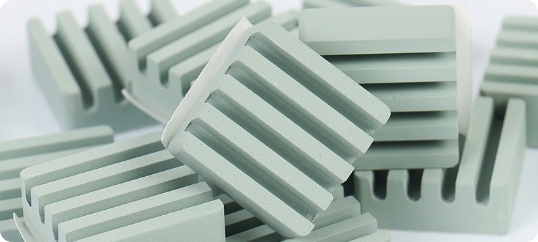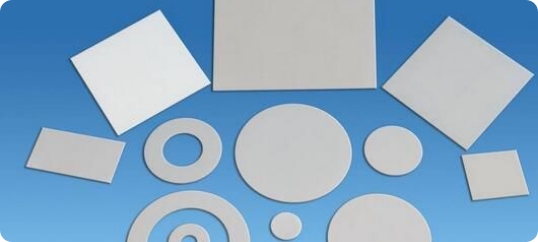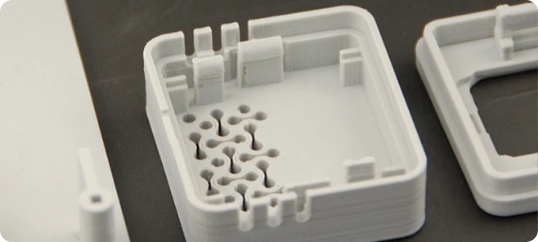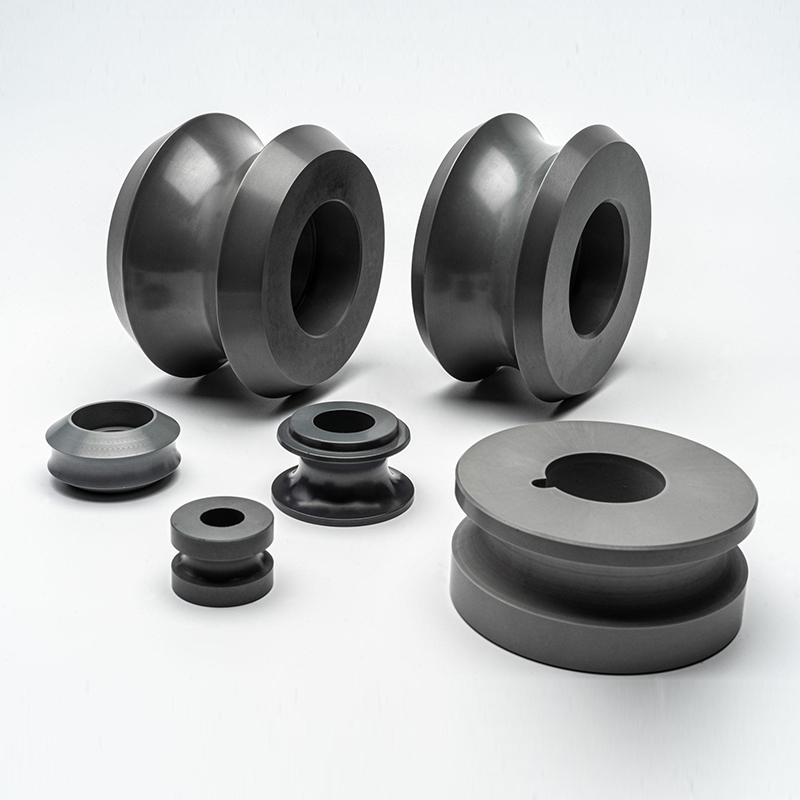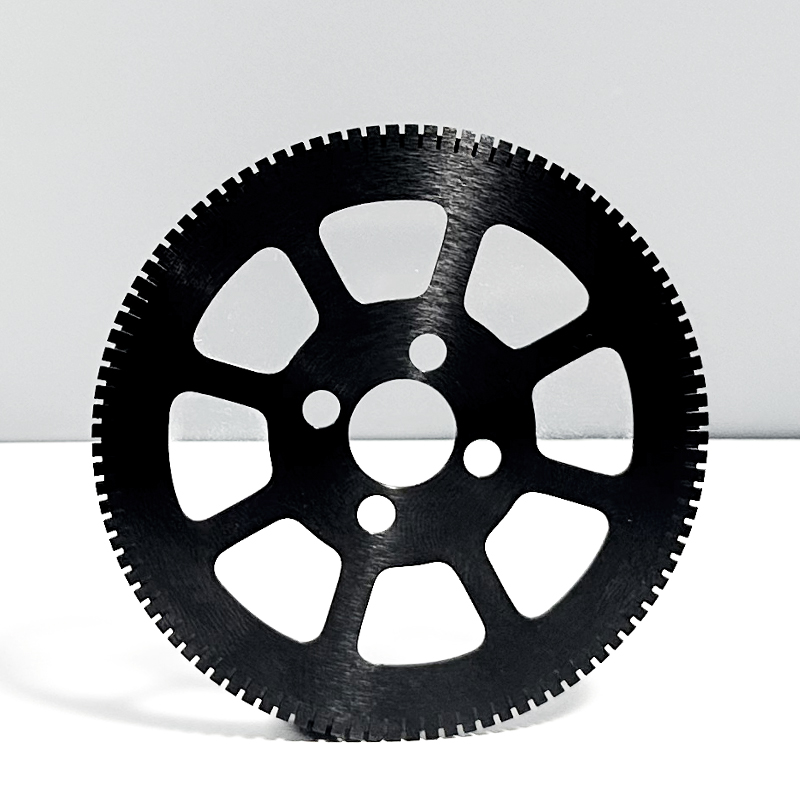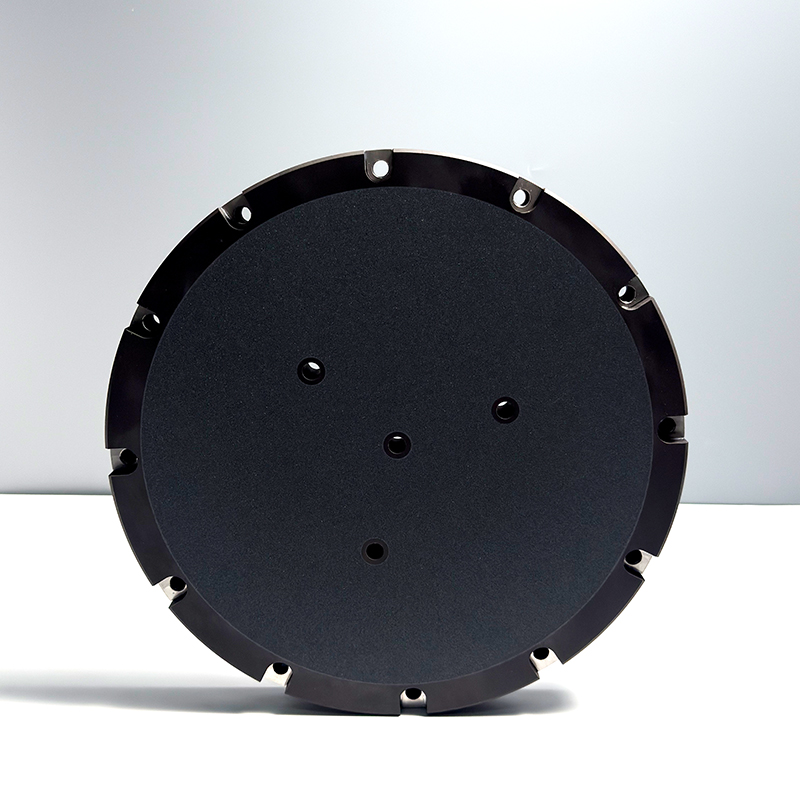In an age defined by rapid technological advancements and a growing appetite for cultural experiences, ceramics are once again at the forefront of innovation. Building on the industry’s progress in talent cultivation, global collaboration, and sustainability, ceramic art and technology are now venturing into uncharted territories, intersecting with artificial intelligence (AI), the metaverse, and public art initiatives.
AI – Driven Ceramic Design: Redefining Creativity
Artificial intelligence is revolutionizing the way ceramic designs are conceptualized. Designers are leveraging AI algorithms to generate intricate patterns and shapes that were previously unimaginable. For example, a group of researchers in Germany developed an AI system that analyzes centuries – old ceramic patterns from different cultures. By learning from these historical designs, the AI can generate new, hybrid patterns that blend elements from various traditions. Artists can then use these AI – generated designs as a starting point, adding their own unique touches to create one – of – a – kind pieces.
“AI acts as a creative collaborator,” explains ceramic artist and technologist Dr. Elena Karpova. “It opens up new design possibilities and challenges our traditional notions of creativity. We’re no longer limited by what our minds can conceive in isolation; instead, we’re working with a powerful tool that can suggest novel combinations and forms.”
Moreover, AI is also being used to optimize the ceramic production process. Machine learning models can analyze data from previous firings, such as temperature fluctuations, humidity levels, and clay composition, to predict the outcome of future kiln runs. This helps ceramicists avoid common pitfalls like cracking and uneven glazing, leading to higher – quality products and reduced waste.
Ceramics in the Metaverse: A New Realm of Expression
The rise of the metaverse has presented ceramic artists with an entirely new platform for expression. Digital ceramic artworks are now being created specifically for virtual galleries and metaverse exhibitions. These digital pieces often incorporate interactive elements, allowing viewers to manipulate the artwork, change its colors, or even “walk through” a virtual ceramic installation.
In a recent metaverse art event, a renowned ceramic artist from China showcased a virtual collection inspired by traditional Song – dynasty porcelain. Viewers could explore a virtual gallery filled with digital replicas of delicate porcelain vases, each with its own unique animation and sound effects. The event attracted art enthusiasts from around the world, demonstrating the global reach and potential of digital ceramic art in the metaverse.
Some artists are also exploring the concept of “phygital” ceramics, creating physical ceramic pieces that are accompanied by a digital twin in the metaverse. This dual – existence allows collectors to own both a tangible work of art and a digital version that can be displayed, traded, or even augmented with additional digital features in the virtual world.
Public Art: Ceramics as Community Builders
Ceramics are increasingly being used as a medium for public art projects, bringing art out of galleries and into the public sphere. In cities across the world, large – scale ceramic murals, sculptures, and installations are transforming public spaces and fostering a sense of community.
In a neighborhood in São Paulo, Brazil, local artists and residents collaborated on a massive ceramic mural project. The mural, which stretches across the side of a community center, features vibrant, hand – painted ceramic tiles that tell the story of the neighborhood’s history and culture. The project not only beautified the area but also engaged residents in the creative process, strengthening community bonds.
In another example, a city in the United States installed a series of interactive ceramic sculptures in its downtown park. These sculptures, designed to be touched and explored, are made from durable ceramic materials that can withstand the elements. They serve as gathering spots for residents and tourists alike, sparking conversations and encouraging social interaction.
Preserving Heritage through Digital Archiving
While embracing new technologies, the ceramics industry is also committed to preserving its rich heritage. Digital archiving initiatives are underway to document traditional ceramic techniques, ancient artifacts, and the stories of master artisans. High – resolution 3D scanning and virtual reality (VR) technologies are being used to create immersive digital experiences that allow people to “visit” ancient kilns and observe traditional ceramic – making processes as if they were there in person.
A UNESCO – sponsored project is digitizing endangered ceramic traditions from remote regions around the world. By documenting these techniques and making them accessible online, the project aims to ensure that these cultural treasures are not lost to time. At the same time, it also raises awareness about the importance of preserving traditional craftsmanship in the face of modernization.
As ceramics continue to adapt and evolve in this era of technological disruption and cultural revival, they prove that their appeal is timeless. Whether through AI – enhanced designs, metaverse exhibitions, public art installations, or digital heritage preservation, the world of ceramics is constantly reinventing itself. With each new innovation, ceramics not only enrich our cultural and technological landscapes but also remind us of the enduring power of human creativity and the potential for art to connect, inspire, and transform.
